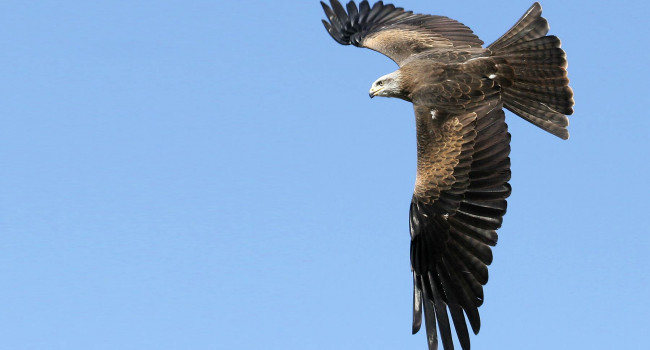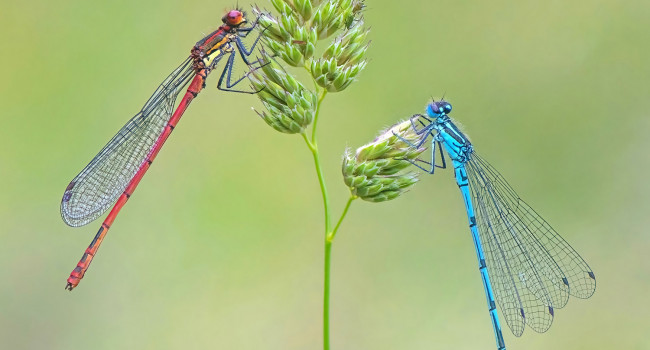Differential changes in the morphology and fuel loads of obligatory and partial migrant passerines over half a century in Britain

Author(s): Pickett, H.R.W., Robinson, R.A. & Nudds, R.L.
Published: September 2024
Journal: Movement Ecology Volume: 12
Article No.: 60
Digital Identifier No. (DOI): 10.1186/s40462-024-00497-3
Climate change can also lead to changes in distribution, at either the northern or southern end of their migratory route. In turn, this might lead to changes in the distance individuals can, or need to, migrate. Flight efficiency is closely tied to wing shape; longer, more pointed wings allow faster flight, albeit at the cost of reduced manoeuvrability. Therefore species that migrate longer distances tend to have longer, more pointed wings, a
difference that holds even between populations of the same species.
This study set out to ask whether we could observe, from measurements taking when birds are being ringed, whether there have been changes in wing length or body mass in the last 60 years as climates have changed? The authors looked at wing length and body weight data collected from individuals of 15 species at three bird observatories on the east and south coasts of England which were likely to catch birds on their migratory journeys. Changes in either wing or weight over time were found in nine of the 15 species although the direction and size of these changes differed between species indicating that the impacts of climate change are unlikely to have a universal predictable effect.
For some species, all long-distance migrants, there was a tendency for increased mass (and hence a greater potential flight range), which could indicate the need to cross larger areas of inhospitable terrain. For short-distance migratory species, on the other hand, we found the opposite pattern, with reductions in predicted flight range, which may indicate that these species are able to adapt better to the changed environmental conditions. These results highlight the importance of conditions on migratory stopover sites, perhaps especially in the Mediterranean and North Africa that immediately precede major geographical barriers, and the need to have habitats of sufficient quality to ensure migrating birds can complete their journey successfully.







Share this page